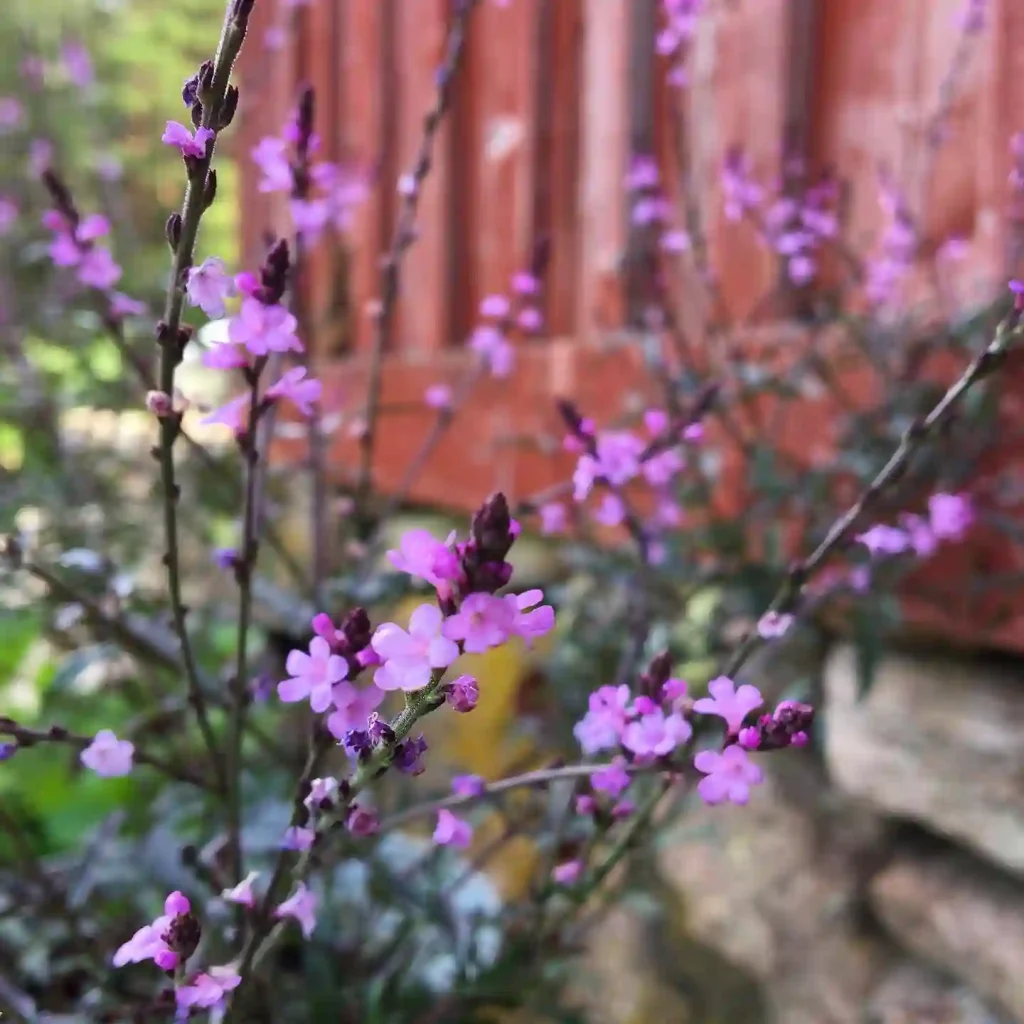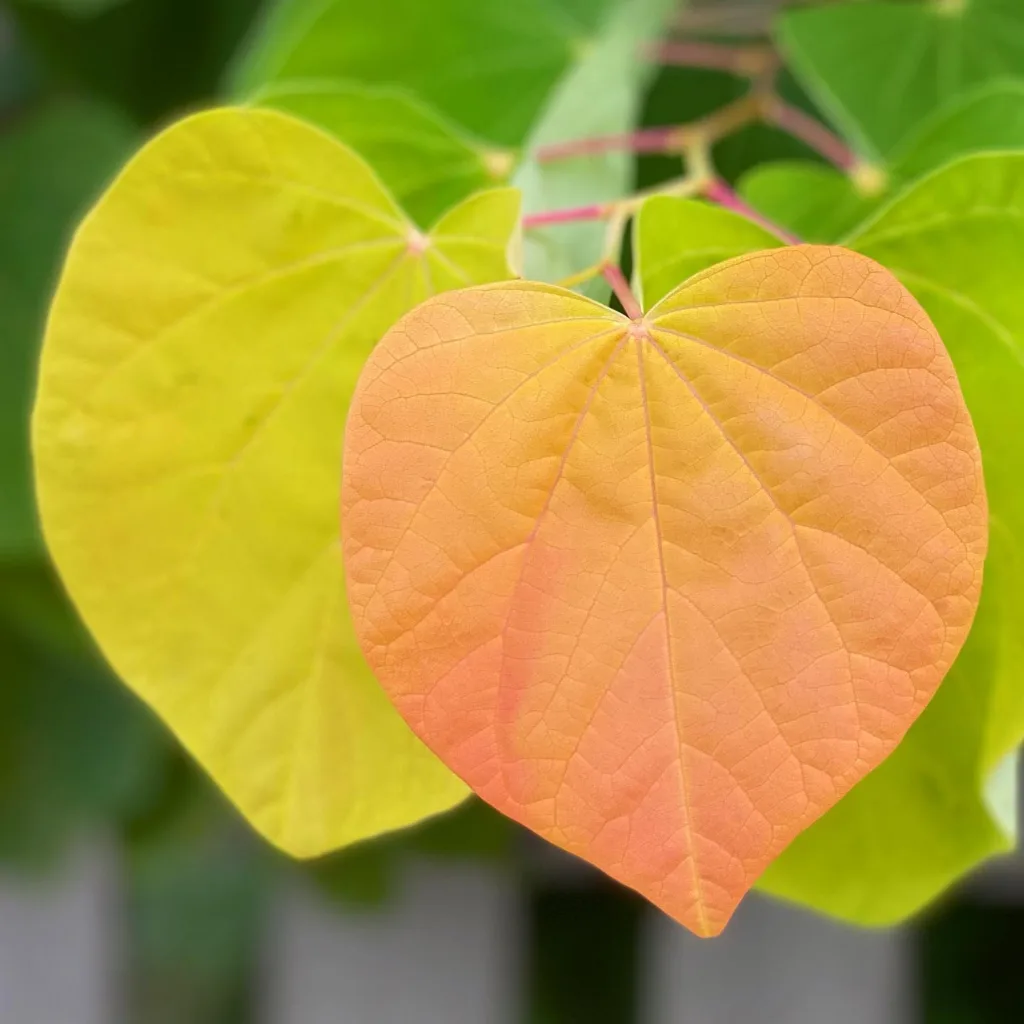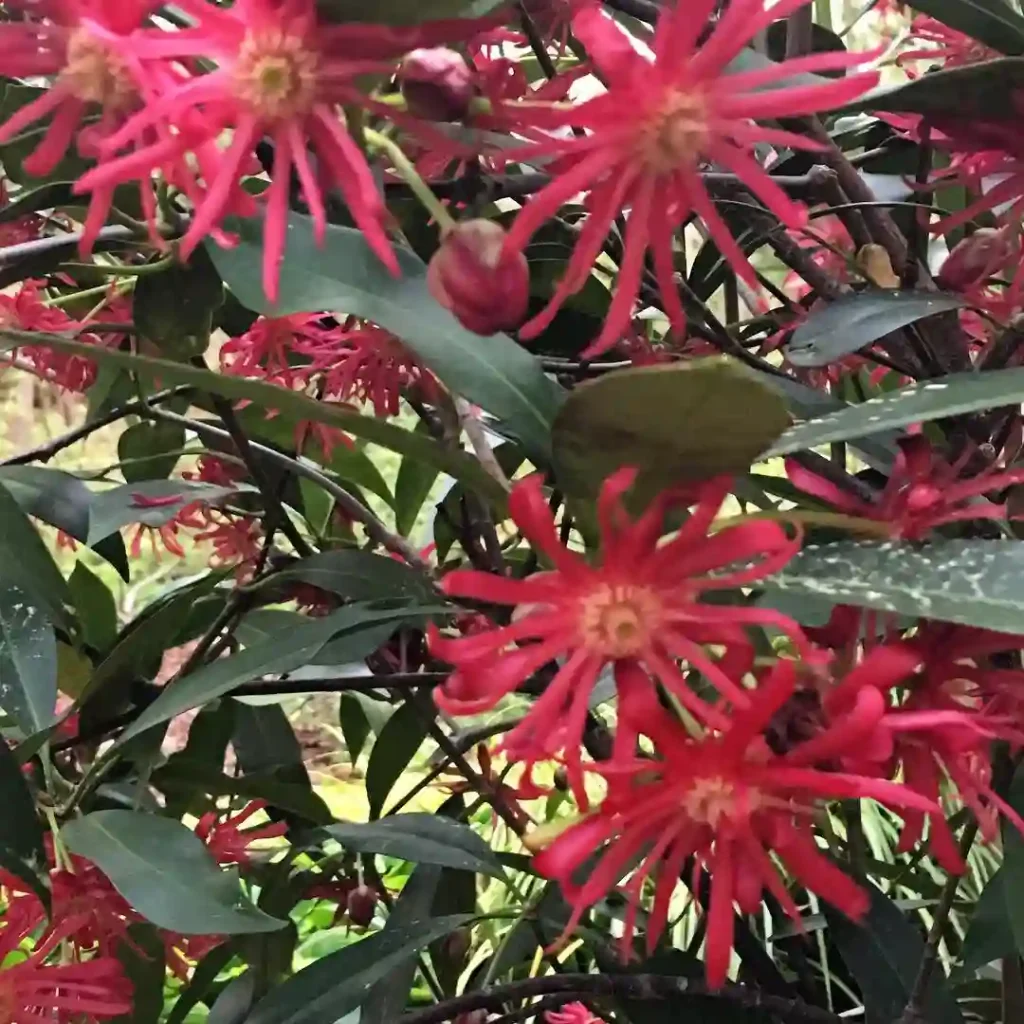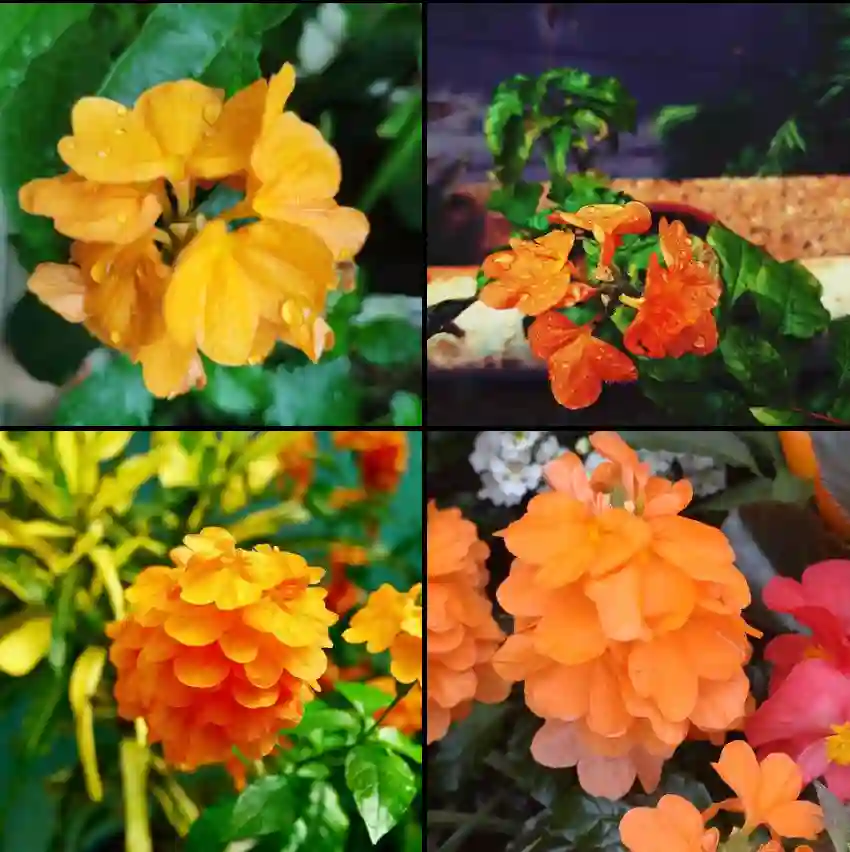What is Rhaphiolepis Clara?
Rhaphiolepis Clara, also known as Indian Hawthorn, is a versatile and hardy evergreen shrub. This plant has become a favorite of mine due to its compact growth habit, lush foliage, and beautiful blooms. Native to Asia, it thrives in a variety of climates, making it a reliable choice for many gardeners. Rhaphiolepis Clara is particularly well-suited for use in borders, hedges, and even as a stand-alone feature in a garden.
12 Species in Genus Rhaphiolepis
How to Care for Rhaphiolepis Clara?
Taking care of Rhaphiolepis Clara is relatively straightforward. This shrub is low-maintenance, which is one of the reasons I appreciate it so much.
- Sunlight: Rhaphiolepis Clara prefers full sun to partial shade. I’ve noticed it blooms best in full sun, producing an abundance of white to pale pink flowers in the spring.
- Watering: It’s a drought-tolerant plant once established, but regular watering during its first growing season helps it establish a deep, extensive root system. I typically water mine deeply once a week during dry periods.
- Soil: This plant isn’t too picky about soil type, though it does best in well-draining soil. I’ve planted mine in slightly acidic to neutral soil, which has worked wonderfully.
- Pruning: Light pruning after flowering helps maintain its shape and encourages bushier growth. I usually trim back any wayward branches and remove spent flowers to keep the plant looking neat.
How to Propagate Rhaphiolepis Clara?
Propagating Rhaphiolepis Clara is a rewarding process. I’ve had success using stem cuttings.
- Select a Healthy Stem: In early summer, choose a healthy, non-flowering stem. I typically look for a stem that’s about 6 inches long.
- Cut and Prepare: Using sharp, clean shears, I cut just below a leaf node. Then, I remove the lower leaves, leaving just a few at the top.
- Rooting Hormone: Although optional, I dip the cut end in rooting hormone to increase the chances of successful propagation.
- Planting: I plant the cutting in a pot filled with a mixture of perlite and peat, then water it well.
- Care: Keeping the cutting in a warm, bright location but out of direct sunlight, I ensure the soil remains moist but not soggy. After a few weeks, the cutting usually develops roots.
What to Plant with Rhaphiolepis Clara?
Rhaphiolepis Clara pairs beautifully with a variety of plants. In my garden, I’ve found that it complements other shrubs and perennials nicely.
- Companion Plants: I like to plant Rhaphiolepis Clara alongside Loropetalum for contrasting foliage color. It’s also stunning next to Liriope, which adds texture to the garden bed. Another great pairing is with Camellias, which share similar growing conditions and offer a different bloom season.
- Design Considerations: In a border, Rhaphiolepis Clara works well as a backdrop for flowering annuals or perennials. I’ve planted mine behind a bed of Coreopsis, which adds vibrant, long-lasting color in front of the darker green foliage.
Is Rhaphiolepis Clara Toxic?
One important consideration when planting Rhaphiolepis Clara is its toxicity. The plant is mildly toxic if ingested, which is something to keep in mind if you have pets or small children. In my garden, I’ve planted it in areas that are less accessible to my pets, just to be safe.
Common Problems with Rhaphiolepis Clara
While Rhaphiolepis Clara is generally a tough plant, I have encountered a few issues over the years.
- Leaf Spot: This fungal disease can be a problem, especially in humid climates. I’ve noticed it when black spots appear on the leaves. To manage it, I prune affected areas and ensure good air circulation around the plant.
- Aphids and Scale: Occasionally, I’ve had to deal with aphids and scale insects. A strong spray of water usually knocks them off, and if they persist, I use insecticidal soap.
- Root Rot: Poor drainage can lead to root rot. I always ensure the planting site has well-draining soil, and I avoid overwatering to prevent this issue.
Comparing Rhaphiolepis Clara with Similar Plants
Rhaphiolepis Clara is often confused with other Rhaphiolepis species, such as Rhaphiolepis Indica. While both plants are similar, Rhaphiolepis Clara tends to have slightly larger leaves and flowers, and in my experience, it’s more robust in terms of growth and disease resistance.
Another comparison is with the Azalea. Both have beautiful blooms, but Rhaphiolepis Clara is evergreen and generally easier to care for. I prefer Clara in areas where I want year-round greenery, whereas I use Azaleas for their vibrant seasonal display.
Benefits of Planting Rhaphiolepis Clara
One of the main benefits of planting Rhaphiolepis Clara is its year-round interest. The glossy green foliage is attractive even when the plant isn’t in bloom. Additionally, it’s a great plant for attracting pollinators; bees are particularly drawn to its flowers in the spring.
Another benefit I’ve noticed is its resilience. It handles urban pollution and salt spray, making it ideal for gardens in more challenging environments. I’ve recommended it to friends who live near the coast, and they’ve had great success with it.
Final Thoughts
Rhaphiolepis Clara has become a staple in my garden for its beauty, ease of care, and versatility. Whether you’re looking to add structure to your garden or need a hardy, evergreen shrub that can handle a variety of conditions, Rhaphiolepis Clara is an excellent choice.
If i die, water my plants!



